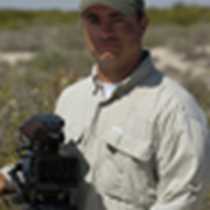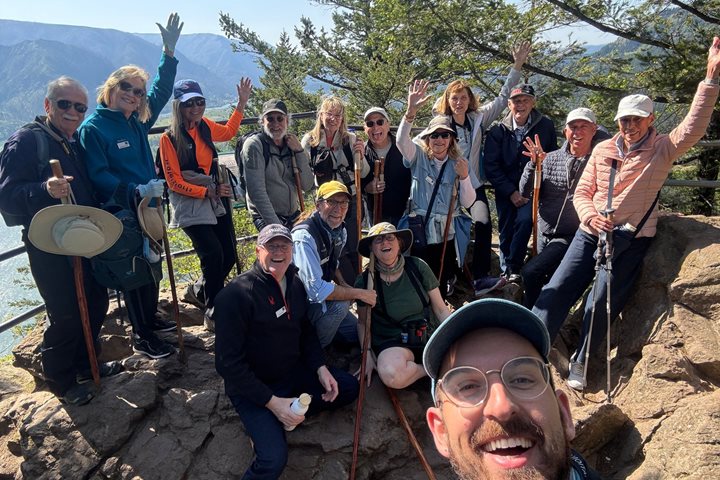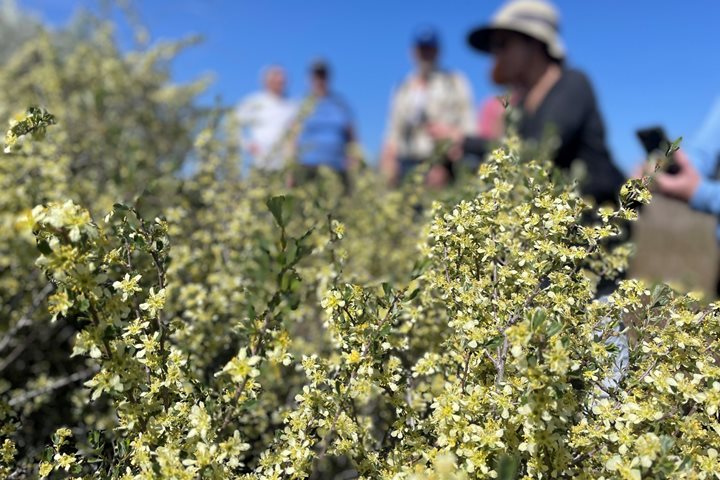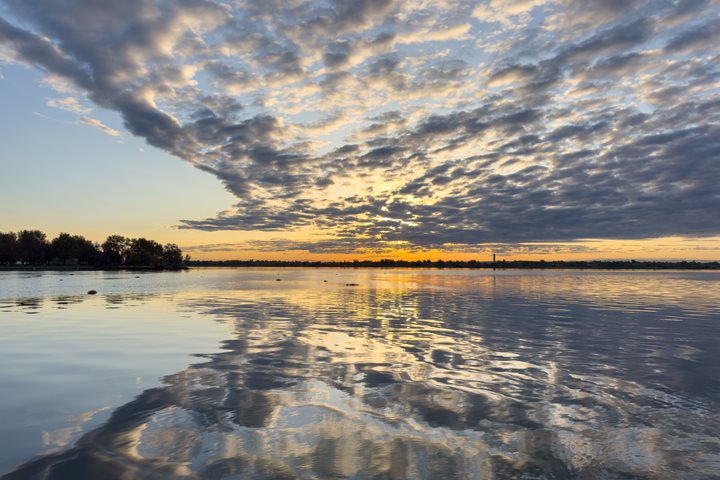The sounds of the Ice Harbor Dam Lock marked both the beginning of our day and the end of our expedition’s time on the Columbia. Early in the morning, we turned onto the Snake River, the largest tributary of the Columbia and a vital vein in eastern Washington’s economy and ecology. We were able to get a closer look into the river’s economic impact by taking expedition landing craft tours through the lock of the Lower Monumental Dam, the second of four that we will pass through. The one hundred foot elevation gain demonstrated to us the ways in which technology has tamed the forces of the river and allowed for trade on its waters. For a glimpse of the ecological, we later cruised to the Snake’s smaller tributary, the Palouse River. Expedition landing craft tours, kayaking expeditions, and trips to Palouse Falls provided us with views of isolated canyons of columnar basalt, sparse vegetation of the high desert, and the golden eagles, coots, and pheasants that call the river home.
4/24/2025
Read
National Geographic Sea Bird
Hood River
Unseasonably warm and dry weather continued to grace us as we proceeded with our expedition down the Columbia River. The morning was crisp as we disembarked in Hood River, Oregon, but quickly warmed up as we boarded our coaches. Our explorations began at Multnomah Falls, the number one tourist attraction in the state of Oregon. After we experienced this astounding cascade, some of our guests proceeded to Beacon Rock for a scenic climb up this 800-foot tall, aged lava plug. Others went to the Bonneville Fish Hatchery where we visited a local icon, Herman the sturgeon. Then both groups of explorers met at the Columbia Gorge Interpretative Center for Syncline wines and an overflowing helping of intriguing local history. As the superb weather continued, we voyaged back to National Geographic Sea Bird for a lovely afternoon of classic cruising down the Columbia River. Guests enjoyed the sun on deck or an engaging presentation on how climate change is affecting migratory birds. Complimentary water-level views of Multnomah Falls followed, and our last transit through a lock of this trip – a lovely passage through the Bonneville Lock and Dam. Photos by Doug Crispin and Alex Rubenstein









